Kaiseki cuisine represents the pinnacle of elegance and refinement in the Japanese gastronomic world. This traditional form of meal, served in several courses, is much more than just a dinner; it is a true ceremony that highlights the finesse of culinary techniques, the freshness of the ingredients and the aesthetic beauty of the presentation. In this article, we'll explore what kaiseki cuisine has to offer, and why it's considered a must-do dining experience in Japan.
What is kaiseki cuisine?
Kaiseki cuisine, also known as kaiseki-ryōri, is a Japanese culinary style that combines the art of cooking with a carefully orchestrated aesthetic and taste experience. Each meal is an elaborate series of dishes, each prepared with techniques that aim to highlight the purity and natural flavor of the ingredients. Originally linked to Japanese tea ceremonies, kaiseki cuisine integrates principles of simplicity and seasonality inspired by Zen philosophy. It is a form of artistic expression where the preparation and presentation of dishes respect a strict balance between taste, texture, appearance and colors. Kaiseki is not just a meal, it is a true celebration of seasonality, culinary craftsmanship and Japanese hospitality.

The art of seasonality and presentation
What makes a kaiseki meal?
A typical kaiseki meal includes several components, each with a specific role in bringing the meal together. Among these dishes, we often find:
- Sakizuke (amuse-bouche): A small dish to stimulate the appetite.
- Hassun: The central dish that establishes the theme of seasonality of the meal.
- Mukōzuke: A sashimi, featuring seasonal raw fish.
- Shiizakana: A heartier dish to satisfy the appetite.
- Takiawase: Vegetables served with meat, fish or tofu, cooked separately but eaten together.
- Gohan: Steamed white rice, often accompanied by miso and Japanese pickles.
- Dessert: Traditionally something simple and seasonal, like fresh fruit or a fine Japanese pastry.

An authentic experience
Experiencing a kaiseki meal is an immersion in a ritual where every detail counts and each dish tells a story. The experience often begins in a setting that emphasizes tranquility and harmony, such as a traditional ryokan or a restaurant specially designed to reflect Japanese aesthetic values. The meticulously ordered sequence of dishes guides diners through a palette of flavors and textures that represent the balance between land, sea and seasons. Each dish is served at a specific time to maximize tasting and to harmonize with the other components of the meal. Additionally, the discreet interaction with the chef or server adds a dimension of human warmth and culinary education, making each kaiseki meal not only a meal to savor but also an opportunity to learn and marvel.

Why try kaiseki cuisine?
Trying kaiseki cuisine means offering yourself the opportunity to participate in a culinary tradition that is both an art and a celebration of seasonality. It's a chance to see how chefs can transform simple ingredients into artistic expressions of cooking. Beyond the taste aspect, kaiseki is a route to understanding the Japanese philosophy around food, which values balance and harmony in every aspect of life. For the adventurous gourmet, kaiseki cuisine offers rare depth and sophistication, a chance to experience a culinary moment that is deeply rooted in respect for nature and the cycles of life. It is also a social experience, shared in calm and reflection, often accompanied by sake or green tea, which can transform a simple dinner into a memorable and meaningful occasion.

In conclusion, we can clearly say that kaiseki cuisine is much more than just a gastronomic experience; it is a celebration of harmony, seasonality and Japanese culinary art. Each kaiseki meal offers a sensory journey where flavors, textures and presentations are carefully orchestrated to deliver an unforgettable experience. To try kaiseki cuisine is to immerse yourself in a world of delicacy, tradition and culinary creativity, where each dish tells a story and each bite evokes an emotion. It is an invitation to explore the depths of Japanese culture through the prism of gastronomy, and to savor every moment with gratitude and wonder.






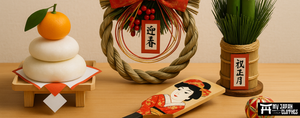



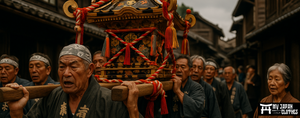
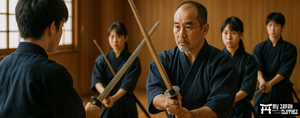






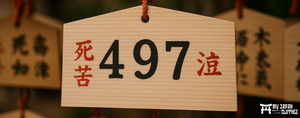


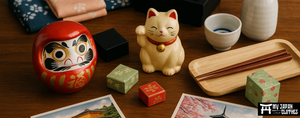




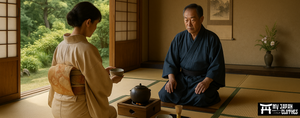
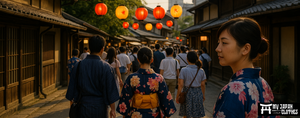



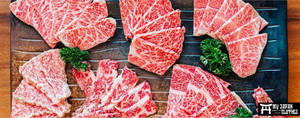


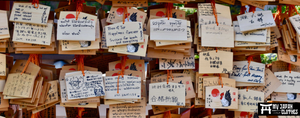

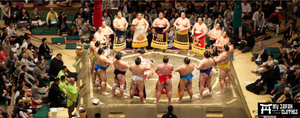















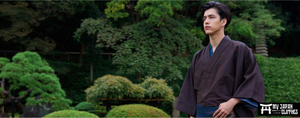
Leave a comment